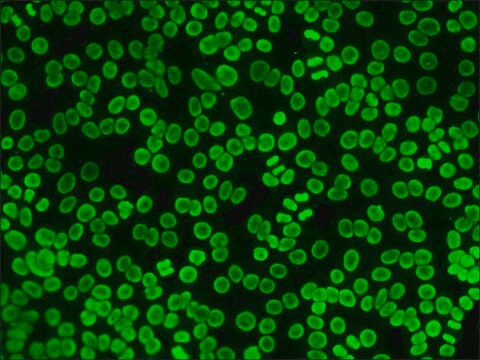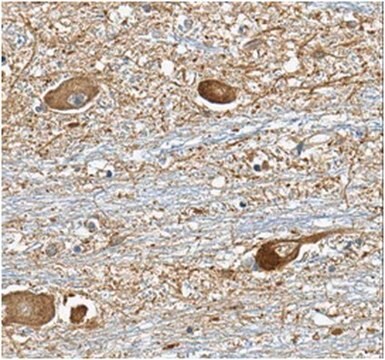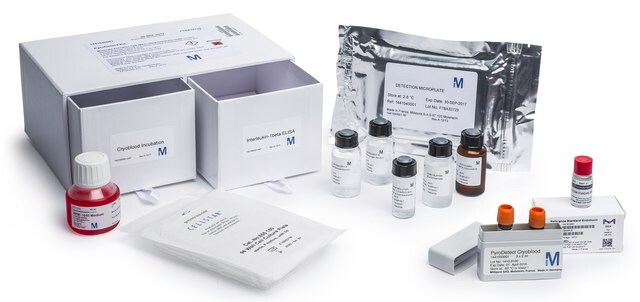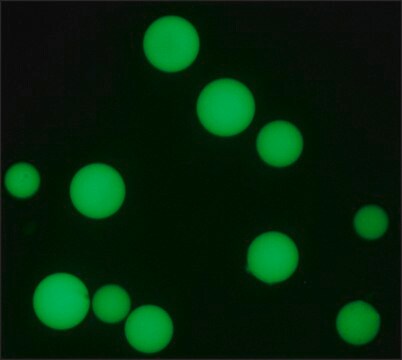F4890
Monoclonal Anti-Rabbit Immunoglobulins–FITC antibody produced in mouse
clone RG-16, purified immunoglobulin, buffered aqueous solution
Sinónimos:
Monoclonal Anti-Rabbit Immunoglobulins (IgG, IgA, IgM)
About This Item
Productos recomendados
biological source
mouse
conjugate
FITC conjugate
antibody form
purified immunoglobulin
antibody product type
secondary antibodies
clone
RG-16, monoclonal
form
buffered aqueous solution
should not react with
pig, chicken, bovine, horse, human, guinea pig, turkey, rat, canine, goat, feline, sheep
storage condition
protect from light
technique(s)
immunohistochemistry (formalin-fixed, paraffin-embedded sections): 1:20
indirect immunofluorescence: 1:50 using using chicken fibroblast cells and primary antibody produced in rabbit
isotype
IgG1
shipped in
dry ice
storage temp.
−20°C
target post-translational modification
unmodified
¿Está buscando productos similares? Visita Guía de comparación de productos
General description
Specificity
Application
- immunocytochemistry
- immunohistochemistry
- immunofluorescence
Physical form
Disclaimer
¿No encuentra el producto adecuado?
Pruebe nuestro Herramienta de selección de productos.
Storage Class
10 - Combustible liquids
wgk_germany
nwg
flash_point_f
Not applicable
flash_point_c
Not applicable
ppe
Eyeshields, Gloves, multi-purpose combination respirator cartridge (US)
Elija entre una de las versiones más recientes:
¿Ya tiene este producto?
Encuentre la documentación para los productos que ha comprado recientemente en la Biblioteca de documentos.
Nuestro equipo de científicos tiene experiencia en todas las áreas de investigación: Ciencias de la vida, Ciencia de los materiales, Síntesis química, Cromatografía, Analítica y muchas otras.
Póngase en contacto con el Servicio técnico








